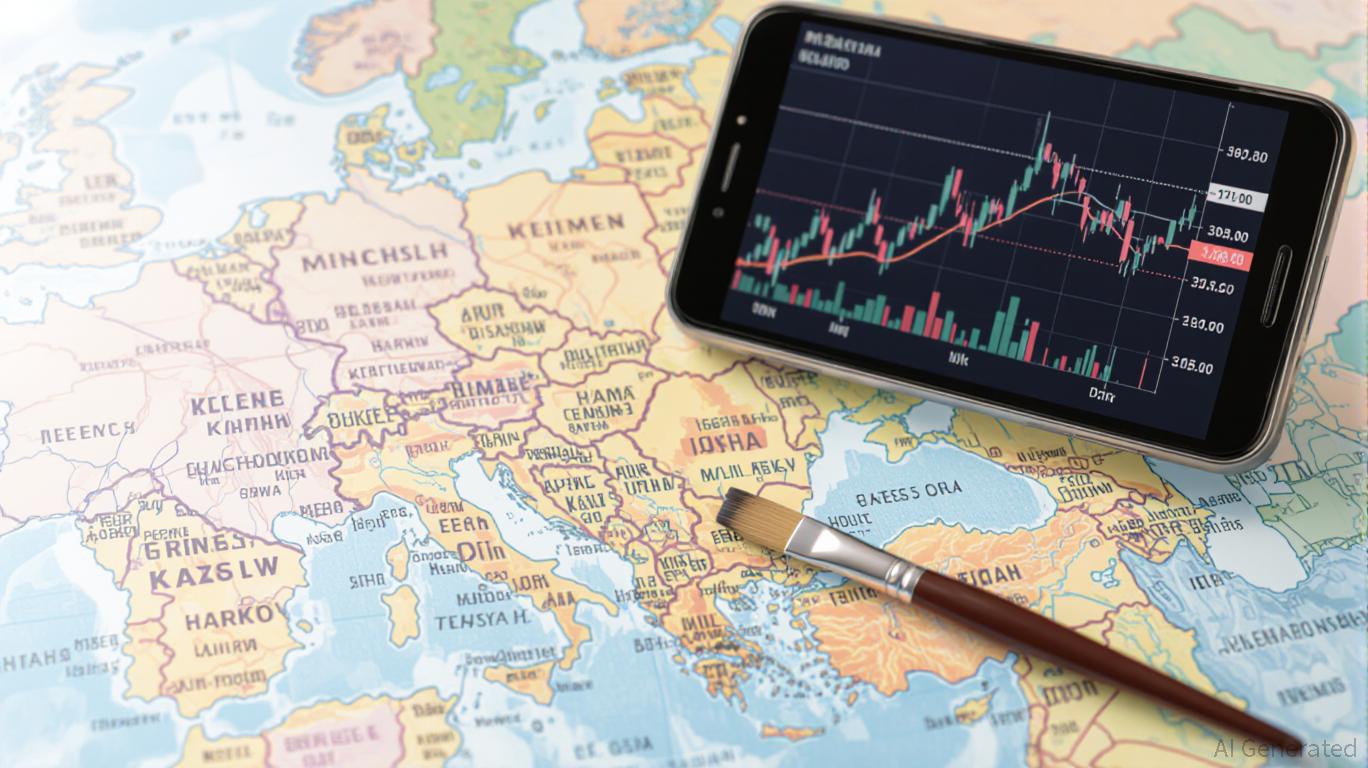
The July 2025 Russia-Ukraine prisoner exchange, facilitated by the United Arab Emirates (UAE), has sparked a nuanced debate among investors and policymakers. While the swap of 205 prisoners from each side was celebrated as a humanitarian breakthrough, its broader implications for emerging market equities and commodities remain complex. This exchange, one of 64 such swaps since 2022, underscores the fragile nature of diplomacy in a conflict that has claimed over 4,757 lives and reshaped global trade dynamics. For investors, the question is not whether the exchange signals peace but how it influences risk premiums, sector rotations, and regional capital flows in an era of persistent geopolitical uncertainty.
The Prisoner Exchange: A Pause, Not a Pivot
The prisoner swap, while a rare moment of cooperation, has not altered the fundamental structure of the Russia-Ukraine war. Military stalemates in Kursk and Kharkiv persist, and energy markets remain volatile. The MSCI Emerging Markets Index, which briefly saw a surge in bullish sentiment post-exchange (peaking at 45% in the AAII Investor Sentiment Survey), has since reverted to a “wait-and-see” stance. This reflects a broader trend: investors are pricing in a prolonged conflict, with emerging markets—particularly Eastern Europe—remaining highly sensitive to geopolitical shifts.
Energy markets, for instance, illustrate this fragility. Despite the prisoner exchange, Brent crude prices stabilized at $69.33 per barrel in July 2025, reflecting a market that had already priced in U.S. President Donald Trump’s 50-day ultimatum to Russia. The threat of 100% tariffs on Russian oil and secondary sanctions looms large, yet prices remain muted as traders anticipate Trump’s potential failure to follow through. This dynamic creates a paradox: energy producers benefit from elevated prices, while import-dependent economies like India and Turkey face inflationary pressures and tighter monetary policies.
Sectoral Implications: Defense, Energy, and the New Frontiers
The prisoner exchange has not fundamentally altered sectoral dynamics, but it has amplified existing trends. Defense stocks such as BAE Systems (BAE.L) and Northrop Grumman (NOC) continue to outperform, with geopolitical risk premiums driving valuations. However, a sustained de-escalation could trigger a rotation into civilian infrastructure and technology sectors. Investors should monitor this shift by tracking relative strength indicators for defense versus utilities or tech indices.
Meanwhile, the energy sector remains bifurcated. Oil majors like ExxonMobil (XOM) and Shell (RDS.A) capitalize on higher prices, while renewable energy firms face regulatory headwinds. The prisoner exchange may offer a temporary reprieve for energy-dependent economies, but long-term stability hinges on the war’s outcome. For example, Ukraine’s Black Sea gas reserves and lithium deposits could become critical geopolitical assets, potentially reshaping global supply chains.
Emerging Markets: Diversification and Hedging Strategies
Emerging market equities have shown resilience in 2025, with China and Latin America outperforming. However, this strength is not attributable to the prisoner exchange but rather to shifting global growth narratives and dollar weakness. Investors should focus on geographic selectivity, favoring markets less exposed to direct conflict—such as Southeast Asia and Latin America—while hedging against commodity volatility.
Agricultural markets, however, remain a wildcard. Ukraine’s 2025 harvest, projected at 50% of pre-war levels, has pushed global wheat and sunflower oil prices higher. Companies like Cargill and Bunge are expanding in Brazil and the U.S. to offset Ukraine’s shortfall, but bottlenecks persist. Investors should consider hedging with agricultural futures or diversifying into bio-fertilizer producers like Yara International (YAR.OL).
The UAE Factor: A New Geopolitical Player
The UAE’s role as a mediator has elevated its geopolitical influence, potentially unlocking economic opportunities in post-war reconstruction. UAE-based firms could benefit from energy infrastructure projects in Eastern Europe, while Russian firms may see reduced sanctions pressure if diplomatic momentum continues. However, these opportunities remain speculative. Investors should monitor UAE-linked equities and infrastructure ETFs for early signs of capital reallocation.
Conclusion: Navigating the Uncertain Landscape
The July 2025 prisoner exchange is a positive but limited development. While it eases humanitarian concerns, it does not resolve the core tensions driving geopolitical risk. For investors, the key is to adopt a diversified and hedged approach. Overweighting defense and energy transition plays, while hedging against commodity volatility, remains prudent. Geographic selectivity and scenario planning—preparing for both prolonged conflict and sudden escalations—are critical in this volatile landscape.
As the war’s trajectory remains uncertain, emerging markets will continue to face a complex environment shaped by geopolitical instability, commodity shocks, and divergent policy responses. The prisoner exchange, like all diplomatic efforts, is a step in a long journey—one that investors must navigate with agility and foresight.
